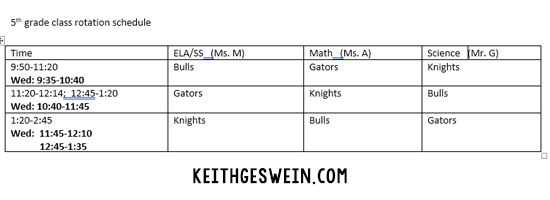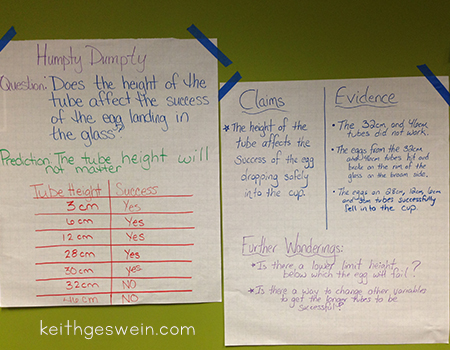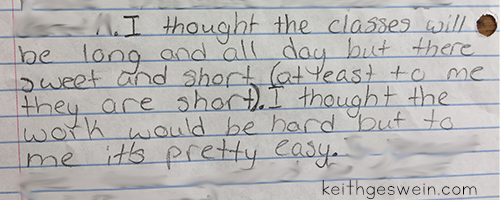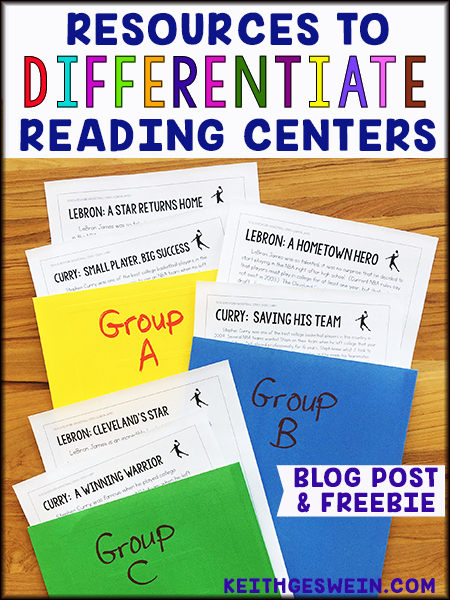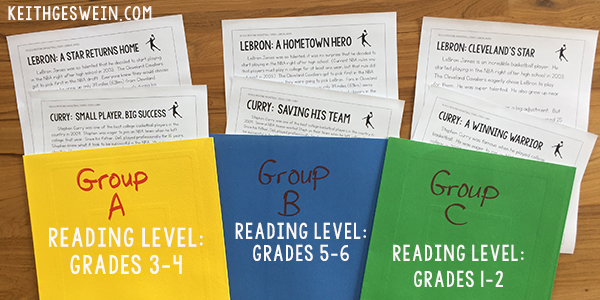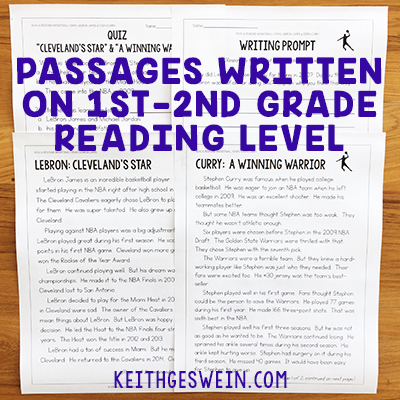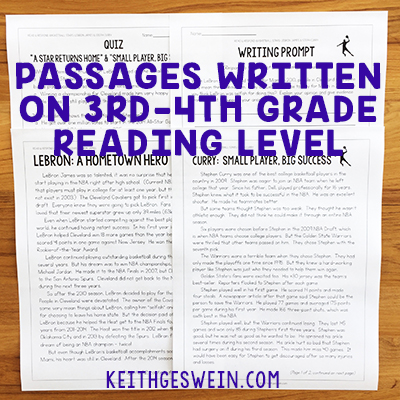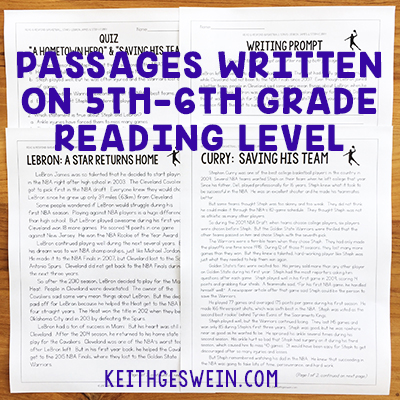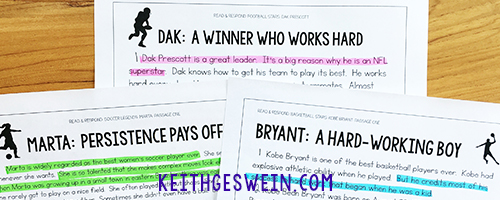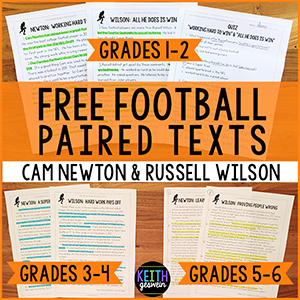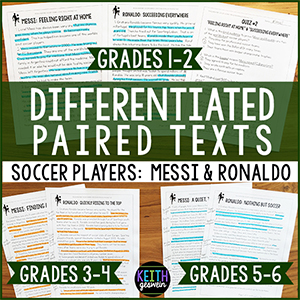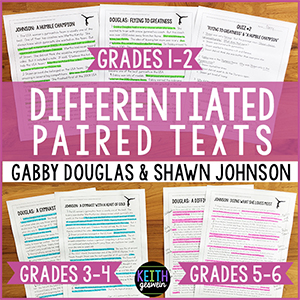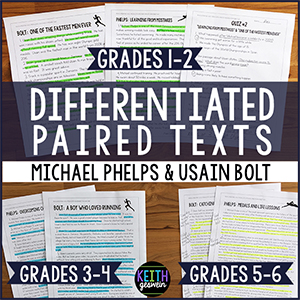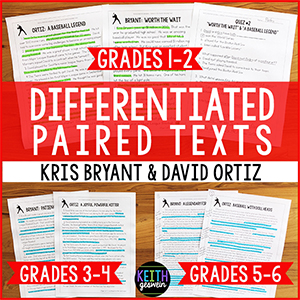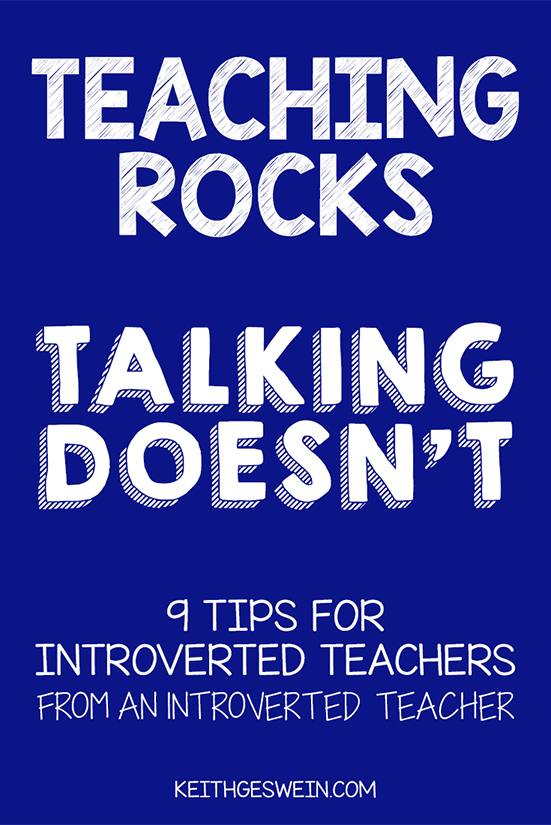
How did an introverted person like me end up teaching?
I love working with kids, but teaching involves SO…MUCH…TALKING!! Nothing prepared me for how tired I felt at the end of every day. If you’re an introvert like me, I’d like to share some things you can do before, during, and after school to help you have a bit more energy at the end of every day.
This started when I took a few personality tests after my 5th year of teaching. (Click here to take a free personality test.) For one of the tests, I scored off the charts for the degree to which I am introverted. I always knew I wasn’t much of a talker, but I didn’t realize that talking all day drained me to such a high degree. So I started thinking of ways I could lessen the amount of energy I used at school.
(Before I go on, I’d like to clarify that EVERY teacher is tired EVERY day. Teaching is exhausting work for everyone. However, introverted people need to do some things differently to recover after a tough day. Going out with a group of friends after school is a great way for some teachers to recharge. For me, that would be the WORST thing I could do!)
Here are some things that I did before, during, and after school that benefitted my students and my energy level. I was still tired at the end of every day. However, I was not 100% drained when I got home. If you’re an introverted teacher like me, I hope some of these ideas can be helpful. For more information on each of these tips, please continue reading below.
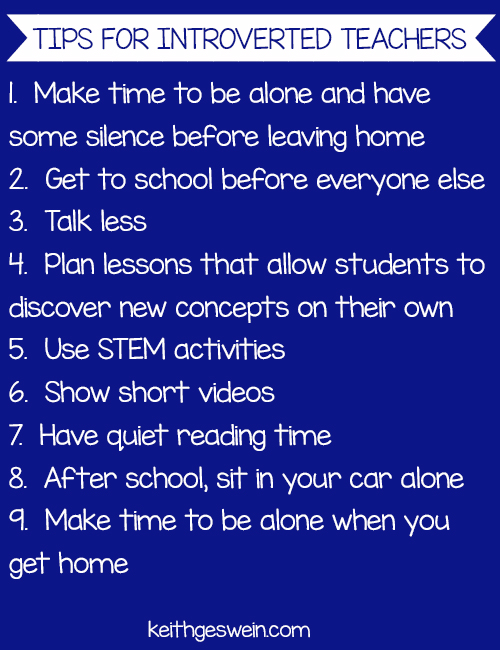
Before You Arrive At School
Make Time for Peace and Quiet at Home Before You Leave
Waking up earlier gave me extra time that I could sit alone in peace and quiet before I left home. It was not fun setting my alarm earlier, but I loved having about 20 minutes of complete silence before I left for school.
Arrive at School Early
I arrived at school about 90 minutes before kids came into my room. It was not fun waking up early enough to do this, but it was fun being one of the few teachers in the building. I could go straight to my room and begin working in complete silence. There wasn’t anyone stopping me for a conversation. I could usually get a solid 30 minutes of work done in complete silence before teachers, parents, administrators, or students needed to talk to me.
I understand this can be challenging if you have kids in daycare or other family commitments, but I hope you can get some quiet time in the morning before kids arrive in your room.
At School
I started viewing myself as a facilitator of knowledge instead of the direct source of knowledge in my classroom. My goal was to design learning activities that allowed students to discover new concepts on their own instead of me directly telling them what they need to know.
This meant students were going to make mistakes and I would have to help them learn from those mistakes. It’s difficult to explain, but I felt like this attitude adjustment took a tremendous amount of the spotlight off me, which helped me use less energy at school. There were some lessons that required me teaching in front of the whole class, but I tried to keep those to a minimum.
Here are a few ways I put this into action.
Talk Less. Smile More.
(Sorry, I couldn’t help using a line from Hamilton!)
After I realized I was extremely introverted, one of the first things I noticed was how often I talked to my entire class. Lecturing 25 elementary students was not good for the kids. Being “on” in front of 25 kids for extended periods of time was not good for me either.
So I planned more collaborative activities for my students. If I noticed I was speaking to the class too long, I gave the students a few minutes to discuss what we were learning about or how they felt about it. If I needed a few moments of silence, I asked my students to take five minutes and write a response to the concepts we were learning. When your administrators walk in, they WANT to see your students collaborating and reflecting on what they’re learning! Use this to your advantage. I still talked to kids while they worked in groups, but helping students in a small-group setting was much less exhausting than doing so in front of the whole class.
STEM Activities
The room could get a bit noisy as students worked in groups to complete STEM activities. However, students learn on a much deeper level when they experience the concepts as opposed to me talking about them. Since I’m an introvert, I used this to my advantage. It can take a while to prepare resources, but it was so rewarding to see kids learn science concepts without me having to say much. After the activity, I had kids make a t-chart with “CLAIMS” on one side and “EVIDENCE” on the other based on the activity they just completed. Then the groups presented their charts and discussed important ideas. My main job was to keep everyone on task, teach groups how to work together, and clarify any misconceptions. After class, I skimmed exit slips to gauge my students’ understanding to see what degree of reteaching they needed.
Use Technology
I loved using short videos during my lesson. It helped reinforce the concepts I was teaching, plus it gave me a few minutes of down time. I was lucky to have access to Brainpop and Discovery Education most of the years I taught.
Independent Reading Time
I also gave kids time to read. I got marked down on informal observations every time an administrator walked in my room during this, but there were times when I needed 10-15 minutes of silence. I refused to teach in fear of my principal walking into my room and marking me down. I’m also not one of those teachers who thinks reading independently is a waste of time.
After School
Sit in Your Car Alone
The atmosphere of a school after dismissal is not kind to an introvert who needs silence to recharge. There were always parent conferences or things I needed to discuss with other teachers. I never felt like I could get much work done immediately after school, especially since I was so tired. So I usually left school about 30 minutes after dismissal.
Once I left school, it helped me to be alone for around 30-45 minutes before I got home. Sometimes I bought a coffee then drank it in my car in the parking lot. Sometimes I just pulled over and sat in my car in complete silence for 15 minutes. Some days I took a longer way home, which gave me some extra time alone. At first, I felt guilty getting home to my family a little later. However, those extra minutes of being alone helped me regain a bit more energy before I got home.
If you have to rush home immediately after school, I hope you can block off an extended amount of time every evening to be alone.
Be Honest with Your Family
Since I left school soon after dismissal, I often took work home with me. (I understand that’s not ideal and I hope you are able to avoid it.)
I tried my best to clearly communicate with my wife about how much work I needed to accomplish at home. I recommend texting your spouse something like this before you get home: “I have 30 minutes of work that I need to get done tonight. When would be the best time for me to do that?” I realize taking work home is not ideal, but I was much more productive working at home as opposed to staying after school. I think it would have taken me an hour after school to accomplish what I could do during 20 minutes at home because that alone time after school was so good for me.
If you’re an introverted teacher, I hope you can find ways to get time alone after every school day. If you have a family at home, tell them that it’s important that you get a few minutes to yourself in the evening. It takes tremendous energy to teach every day. Please do a few things to recharge yourself so you can better help your students and take care of your health.
That’s how an introverted person can continue teaching.


